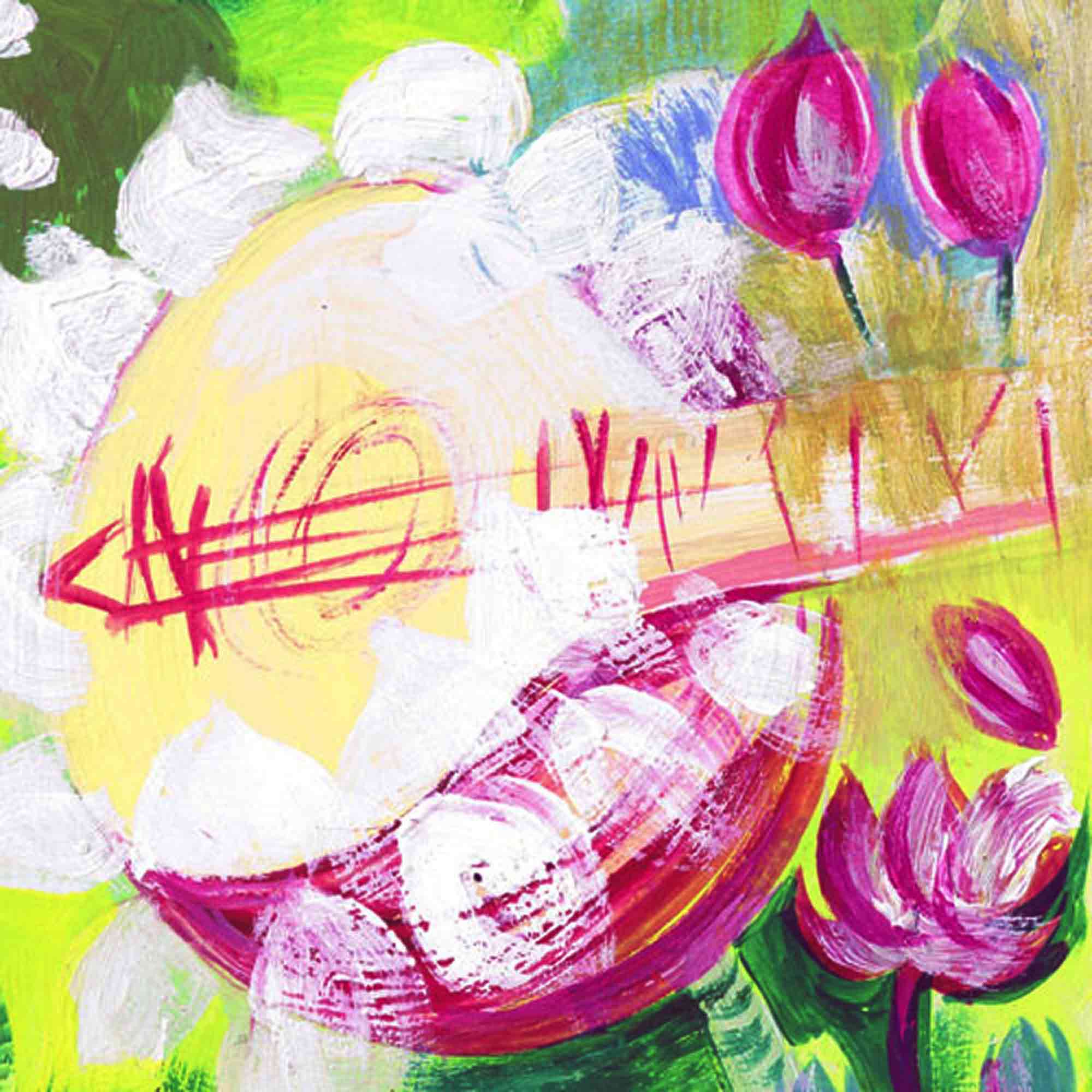This exhibition at the Tropenmuseum (today’s Wereldmuseum Amsterdam) featured two strands of shared memories: one celebrating the sources of inspiration shared by Indian and Western artists; and the other honouring migrants from India via Suriname.
Visitors experienced both strands as being intertwined by means of songs and memorabilia including historical photographs, video clips and historical film footage.
Concept and research by Ludwig Pesch (www.aiume.org) in collaboration with museum staff and Architectenbureau Jowa (www.jowa.nl) for display between 2007 and 2017.
Photographs © Ludwig Pesch
This exhibition was one of the five themes in the exhibition “Round and About India”: Wanderings

For millennia, storytellers and actors have spread their stories to every corner of India: stories about gods and heroes just as those of “ordinary mortals” revolting in the face of injustice or oppression of every conceivable kind.
Today their narrative boxes, scrolls and performances are often replaced by modern media, and this hardly for want of interest – quite on the contrary: it is a deeply felt interest in one’s identity or cultural roots that keeps these stories alive.
“Round and About India” therefore invited visitors to immerse themselves in stories told by people, ideas or objects even in the absence of a universally accepted or “final” written edition. What holds these stories together is the recurring theme of “wanderings”: a perennial flow of people attracted to local festivals, going on a pilgrimage or persuaded to migrate to distant lands for a variety of reasons.
In this exhibition these stories relate to dance, theatre and music traditions from different regions.



















